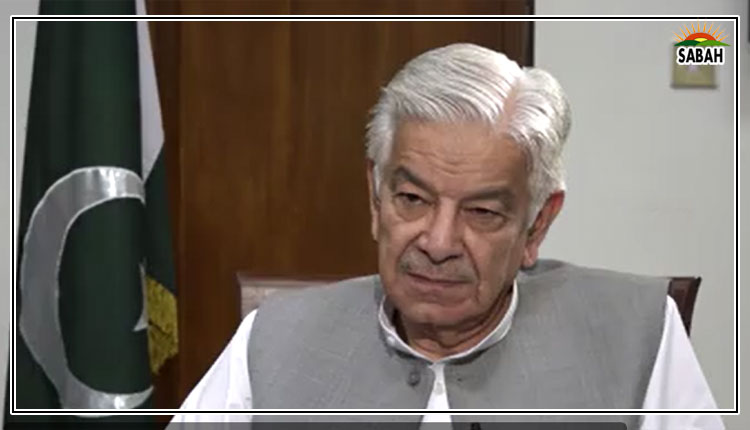Will the PM’s vision lead to action?…Dr Farrukh Saleem
We have had four governors-general, 17 presidents, and 23 prime ministers. Since joining the IMF in 1950, Pakistan has had 24 IMF arrangements. Coincidentally, the 24th prime minister of Pakistan is the first in our history to lay the foundation of a Homegrown Economic Plan. Three questions: Why did it take us 74 years to understand that the IMFs core mandate is to promote international monetary cooperation? Why did it take us 23 prime ministers to realize what is clearly spelled out in the IMFs Articles of Agreement? Why did it take us 23 prime ministers to realize that the responsibility to reform and restructure directly falls on a Homegrown Economic Plan?
Tanzanias Ministry of Finance went through 14 IMF arrangements before realizing the need to shift its focus to a homegrown plan. This led to the development of the Mkukuta strategy, which emphasized self-reliance, agricultural development, and poverty reduction. The homegrown approach was presented to the IMF and implemented successfully.
Similarly, Rwandas Ministry of Finance and Economic Planning underwent 13 IMF arrangements before recognizing the necessity of focusing on a homegrown plan. Rwanda developed the Vision 2020 strategy, which centered on private sector-led growth and a market-oriented agricultural sector. This homegrown approach was presented to the IMF and implemented successfully.
The Vietnamese are fast learners. Vietnams Ministry of Finance went through only three IMF arrangements before realizing the need to shift its focus to a homegrown plan. This led to the development of Doi Moi or Renovations. Imagine, Doi Moi was launched at the Sixth National Congress of the Communist Party of Vietnam. Doi Moi focused on three main objectives: transitioning from central planning to market mechanisms, privatizing SOEs and trade liberalization. Imagine: as a consequence of Doi Moi, direct foreign inflows soared from a billion dollars to $18 billion in 2022. Will Prime Minister Shehbaz Sharif’s vision become a plan? Most probably. The real question is whether the plan will be implemented. Here are three crucial factors that will determine the success or failure of Pakistan’s Homegrown Economic Plan: Implementation and execution, political stability and business environment.
A well-designed homegrown plan is only as good as its execution. The government’s ability to effectively implement the plan’s policies and allocate resources efficiently will be critical. This includes overcoming bureaucratic hurdles and building public trust.
To be certain, economic reforms require tough decisions that will be unpopular. And without political stability, the government will struggle to see the homegrown plan through potentially succumbing to short-term political pressures that could derail long-term goals.
Yes, the homegrown plans success hinges on creating a business-friendly environment. And creating a business-friendly environment involves three key actions: streamlining regulations, reducing red tape, and encouraging competition. For Pakistan, a window of opportunity has opened to transform its economic landscape through a homegrown plan. The lessons from Tanzania, Rwanda, and Vietnam underscore the importance of self-reliance. We must now forge a path that not only envisions change but also executes it with determination, political stability, and a supportive business environment. The success of this plan could finally set Pakistan on a sustainable course for growth and prosperity.
Courtesy The News












